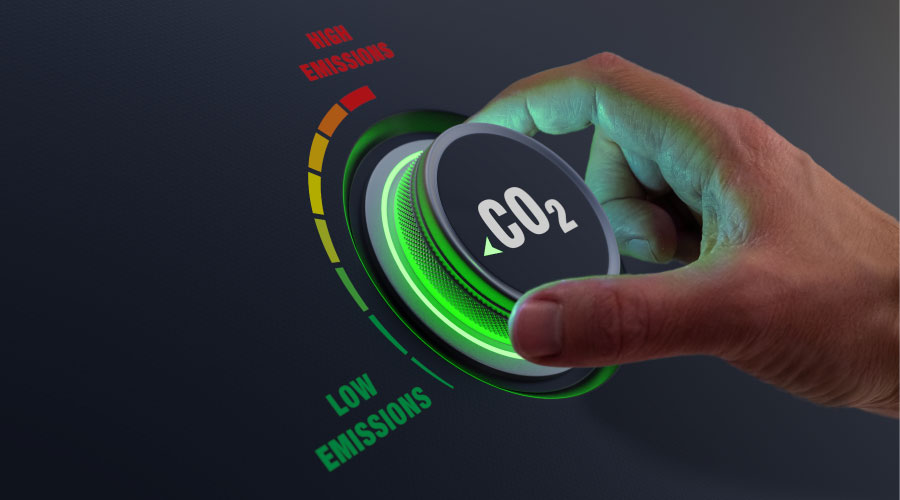Building Recommissioning Helps Heifer International Meet Challenges Of Reliability, Efficiency, And Sustainability
Over time, the reliability and efficiency of every building degrades. The solution: building recommissioning. A case study is Heifer International. When this growing charitable organization realized it needed a new world headquarters to support its global mission, sustainability was a critical consideration. Heifer aimed to repurpose and build on a long-abandoned railroad yard in an old warehouse district of Little Rock, Ark., using only socially and environmentally responsible methods and materials.
The headquarters, completed in 2006, was designed to use 52 percent less energy than a comparable conventional office building and was widely recognized for its design, efficiency, and LEED Platinum certification. The design process took 18 months, and the design team included many cutting-edge technologies, including light shelves, daylighting controls, perimeter radiant heating, and demand control ventilation.
However, Heifer's facility management staff began to recognize during the summer of 2010 that reliability issues and system inefficiencies were causing occupancy comfort issues and higher-than-expected utility costs.
The degradation of building reliability and efficiency is especially common in buildings with highly technical energy efficiency systems such as the ones designed and installed at the Heifer International headquarters building. Causes of the degradation are many, including a lack of continuity with the maintenance technicians, misunderstanding of design and control strategy, short-term comfort adjustments, complex control sequences, and equipment failures, among other things. The solution: recommissioning.
Identifying Recommissioning
Heiffer contracted with a third-party agent to guide the recommissioning effort. The first step the agent took was to conduct interviews with the facility management staff and maintenance personnel to identify the types of issues that they had experienced at the facility. While the situation at Heifer began with one of the chillers having reliability issues that resulted in increased energy usage, the recommissioning interviews exposed many additional issues to investigate. The recommissioning and facility management teams studied as-built drawings, submittal data from the original design documents, and utility data, including an Energy Star evaluation. With this data, the team began to develop a recommissioning plan for the testing and corrective action phase.
In 2007, the facility had an Energy Star score of 90, but had degraded to a score of 72 in 2011. It was obvious at this point that many systems were not operating as efficiently as designed.
The recommissioning plan began with developing functional performance tests for the systems and control sequences that had been identified as potential contributors to the issues at Heifer.
Related Topics:













